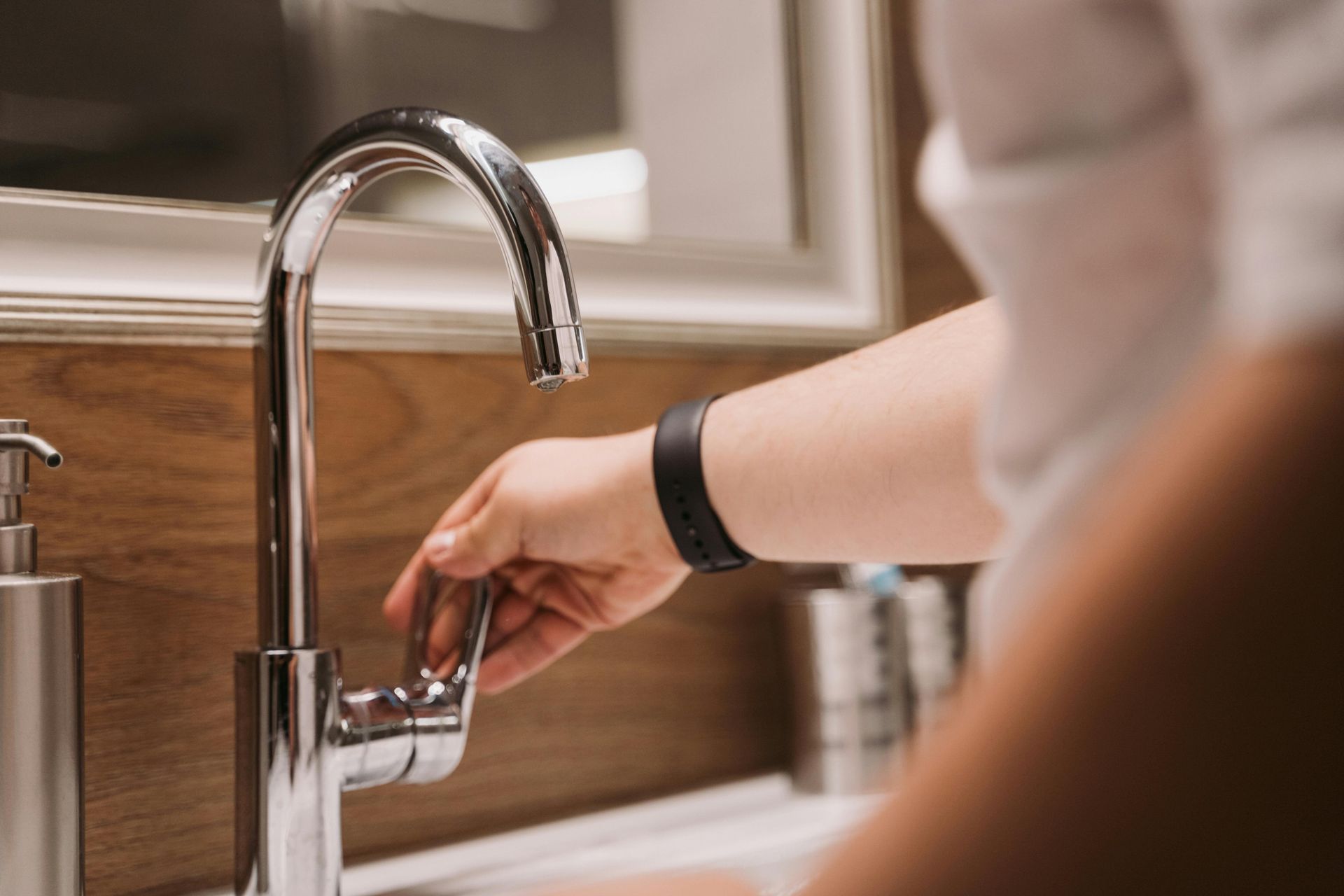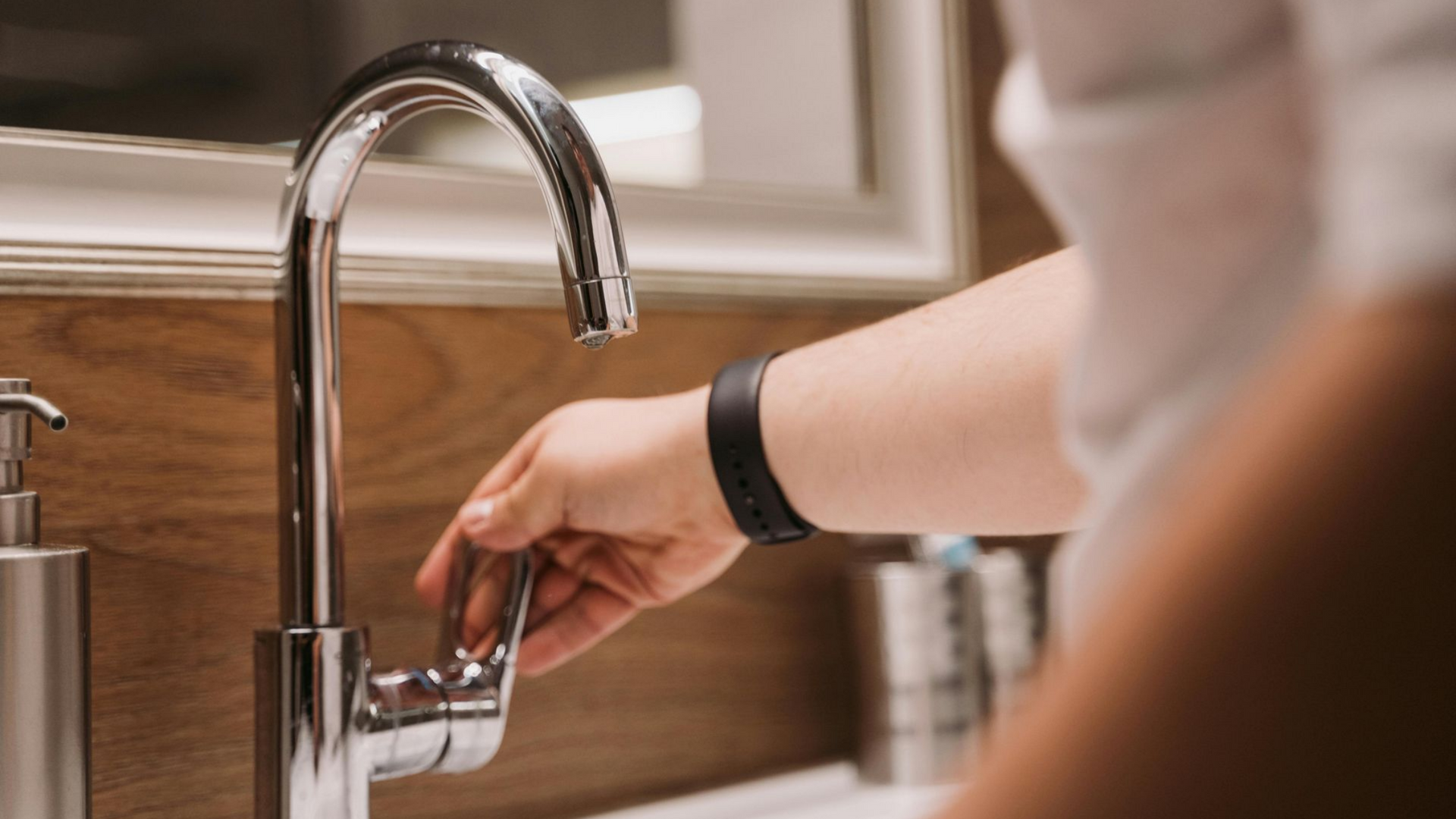Why Do Faucets Leak?
Why Do Faucets Leak?

Leaky faucets are one of the most common household plumbing issues. They may start as a small annoyance—a pesky drip-drip-drip—but over time, they can waste significant amounts of water and even increase your utility bills. Whether you’re a seasoned plumber or a homeowner looking for answers, understanding the reasons behind a leaky faucet is essential for timely fixes and preventing bigger problems down the road.
Common Causes of a Leaky Faucet
Here are some of the most common reasons faucets start to leak:
1. Worn-out Washers or O-rings
One of the most frequent culprits of a faucet leak is a worn-out washer or O-ring. Over time, the constant friction and pressure can degrade these small yet crucial components. When they weaken or crack, water may begin seeping through the faucet, causing that unwanted drip.
Pro Tip: Replacing washers and O-rings is a cost-effective fix that homeowners can often handle themselves.
2. Corrosion in the Valve Seat
The valve seat is what connects the faucet to the spout. Corrosion can occur over time due to water sediments or mineral buildup, compromising its seal and leading to leaks.
Regular cleaning and maintenance can help prevent valve seat wear. If the corrosion is severe, replacing the valve seat might be necessary.
3. Loose or Damaged Parts
Any loose or deteriorated components like screws or seals within the faucet can also cause leaks. Moving parts are subject to wear and tear over time, loosening connections or causing small gaps that allow water to escape.
4. Water Pressure Issues
If your faucet only leaks at specific times, like at night or after using other water systems in your house, then fluctuating water pressure could be the problem. High water pressure might result in dripping when the water has nowhere to go but through a small, unintended gap.
5. Cartridge Issues
Modern faucets, especially those with two handles, use cartridges to control water flow. Wear and tear on these cartridges can result in leaks, as they may no longer properly regulate the water movement.
Quick Fix: Replacing the faulty cartridge is typically an easy and inexpensive repair.
6. Mineral Deposits
Hard water can lead to mineral deposits around faucet components. Over time, these deposits can interfere with the smooth operation of the faucet, potentially causing leaks.
Preventive Maintenance: Installing a water softener can help reduce mineral buildup and prolong the life of your plumbing fixtures.
7. Aging Faucets
Ultimately, faucets, like any other household fixture, have a limited lifespan. With prolonged use, the wear on the internal components may lead to persistent leaks. If your faucet is decades old, it may be time to consider a replacement.
Why Is Fixing a Leaky Faucet Important?
Ignoring a leaky faucet is never a good idea. Here’s why you should address them promptly:
- Water Waste: A faucet dripping once per second can waste over 3,000 gallons of water annually! This isn’t just bad for your wallet but also for the environment.
- Higher Utility Bills: The more water wasted, the higher your water bill.
- Potential Damage: Over time, the constant dripping could lead to water staining and damage to sinks or countertops.
When to Call a Professional at A Rescue Rooter
While some people may try to fix a leaky faucet themselves, it’s important to know when to call a professional plumber. Here are some signs that you should hire a pro:
- Persistent Leaks: If the faucet continues to leak even after being fixed, this could be a sign of a larger underlying issue.
- Older Faucets: As faucets age, they become more prone to leaks and other issues. A professional plumber can assess whether it's time for a replacement.
- Complicated Repairs: Some faucet repairs require specialized tools or knowledge that only professionals possess.
Having regular maintenance checks by a professional plumber can also help prevent future leaks and extend the lifespan of your
While some minor leaks can be fixed with a few basic tools, it’s always best to call in a professional plumber for bigger or more complex issues. Here are some signs that you should seek help from a professional:
- Multiple Leaks: If you have multiple faucets leaking throughout your home, it could indicate a larger plumbing issue that needs to be addressed.
- Noisy Pipes: If your pipes are banging or making unusual noises when using the faucet, this is another sign of a larger problem and should be checked by a professional.
- Low Water Pressure: A leaky faucet can also lead to low water pressure.
While some faucet repairs are DIY-friendly, others may require professional expertise. If you’ve tried to fix the problem and the leak persists or worsens, it’s time to call in the experts.
Residents in Southern Ontario are in luck! A Rescue Rooter is committed to providing reliable plumbing solutions without charging a premium for emergencies, even after hours. Whether your leaky faucet strikes at noon or midnight, you can count on them 24/7. Call (905) 521-8284 anytime for professional assistance
Leaky faucets may seem like a minor inconvenience, but understanding why they occur can save you time, money, and frustration. Regular maintenance, prompt repairs, and knowing when to call in the professionals are key to keeping your plumbing system in top shape.
If you're dealing with a stubborn leak, don’t hesitate to reach out to A Rescue Rooter for fast, affordable, and expert help. Your home (and your wallet) will thank you!






